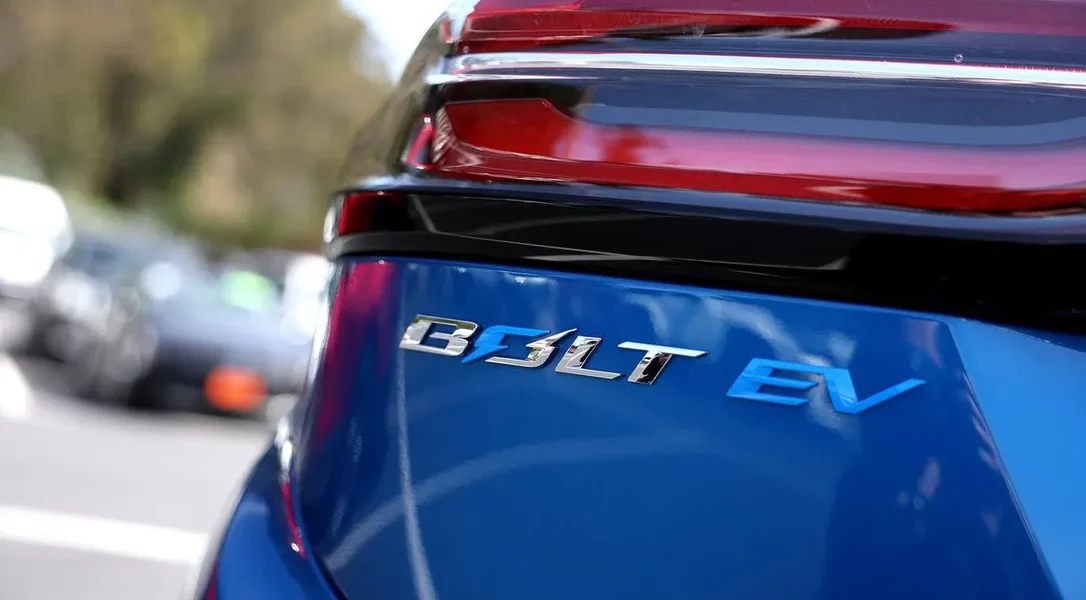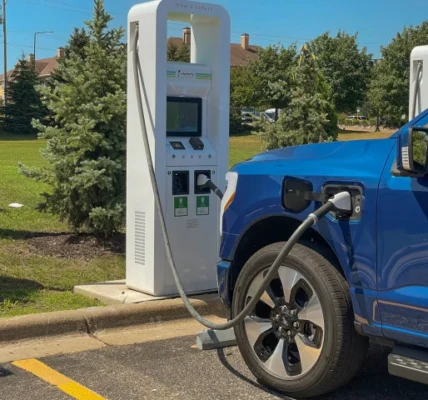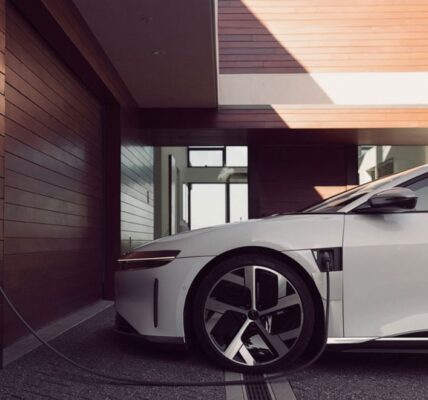GM Is Killing The Chevy Bolt. Too Bad, Because Bloated Electric SUVs Are Not What Humanity Needs
General Motors Co. made it official that day that it will stop producing its flagship electric vehicle (EV), the Chevrolet Bolt, a compact SUV, by the end of the year.
Killing the popular, entry-level Bolt is part of GM’s shift to more profitable big trucks and large SUVs.
In today’s vehicle market, new-model cars are big, existing models have gained weight, and popular small cars like the Chevy Cruze and Ford Motor Co.’s Focus and Fiesta have been discontinued.
“Car sizes have evolved so much in the past 12 years to be so much bigger,” analyst Jessica Caldwell of the auto-price comparison website Edmunds told USA Today.
“Can we really go back to a life when we were driving subcompact cars? I don’t think so. It just doesn’t seem to match the psyche anymore.”
But replacing bloated, gas-powered vehicles with road-hogging EVs turns the logic of EVs upside down.
Big EVs consume as much steel as their oversized, gas-powered counterparts. And steelmaking is a leading source of greenhouse gas emissions.
Automakers are also boosting their profits by packing their vehicles with expensive digital features like infotainment systems that consume scarce critical minerals needed elsewhere in a decarbonizing economy.
And big EVs tend to be heavier than their gas-powered cousins due to their massive batteries, which can equal the weight of a small car.
Ford’s F-150 Lightning EV pickup truck, for instance, is about one-third heavier than its gas-powered stablemate.
That additional weight causes a more severe impact in a crash.
And the extra height of oversized vehicles can make it more difficult to see a person in front of a vehicle — crossing an intersection, for instance.
In his sobering 2021 report on auto safety risks, researcher Justin Tyndall of the University of Hawaii concluded that “between 2000 and 2019, I estimate that replacing the growth in sport utility vehicles with cars would have averted 1,100 (U.S.) pedestrian deaths.”
That shift to bigger vehicles, EVs and otherwise, plays out on city of Toronto streets.
In the past decade of higher public awareness about needed road-safety precautions, road fatalities still claimed the lives of 346 pedestrians and 28 cyclists. And 1,272 pedestrians suffered severe injury in that period.
We may have erred in deferring so much to automakers to shape the EV revolution.
The EV transition offers a huge financial upside to the $3-trillion (U.S.) global auto sector. Its choice of EV offerings to replace the global vehicle fleet might not be what a threatened humanity needs.
There was no such profit motive for another option in fighting global warming in the transportation sector, now gaining momentum after a long preoccupation with EVs.
It consists of “active modes” of transportation, namely walking and cycling.
And of “micromobility,” an umbrella term for walking, e-bikes, conventional bicycles, kick-scooters and e-mopeds. And increased use of better-funded public transit, and car-based ride-sharing.
The “15-minute city” described here earlier, where almost everything one needs from shopping to recreation is within a 15-minute walk from home, runs on micromobility.
So does the increasingly entrenched phenomenon of work-from-home (WFH), with its elimination of lengthy personal-vehicle commutes.
Governments and environmental groups have gone all-in on EVs, only recently beginning to show interest in people-powered transportation.
Those now advocating for less driving — or none at all — have solid evidence for micromobility as a necessary additional means of fighting climate change.
In 2020, a little-noticed report by the OECD found that EVs alone will have less impact on climate change than widely believed.
And that same year, engineering researchers at the University of Toronto published a report reaching the same conclusion.
The U of T researchers used computer modelling of the U.S. market to show that America would need to get to 90 per cent EV adoption by 2050 to meet its emissions reduction targets.
And they concluded that in the best-case scenario, only 50 per cent of the U.S. vehicle fleet will be EVs by that point.
“A lot of people think that a large-scale shift to EVs will mostly solve our climate problems in the passenger vehicle sector,” said Alexandre Milovanoff, lead author of the U of T report.
“EVs are necessary, but on their own, they are not sufficient.”
Among the alternatives in fighting climate change in transportation are the many municipal efforts to create car-free oases in financial and tourist districts. Those projects are underway from Edmonton to Manhattan.
And a more precise method for dealing with oversized EVs and traditional vehicles alike would be surcharges on licence renewals for vehicles of excessive weight. A similar adjustment would be useful in federal and provincial rebates for EV buyers.
And redesigned Ontario “green” licence plates are in order. Not all vehicles today bearing those plates are making much of a difference in the climate change fight.








